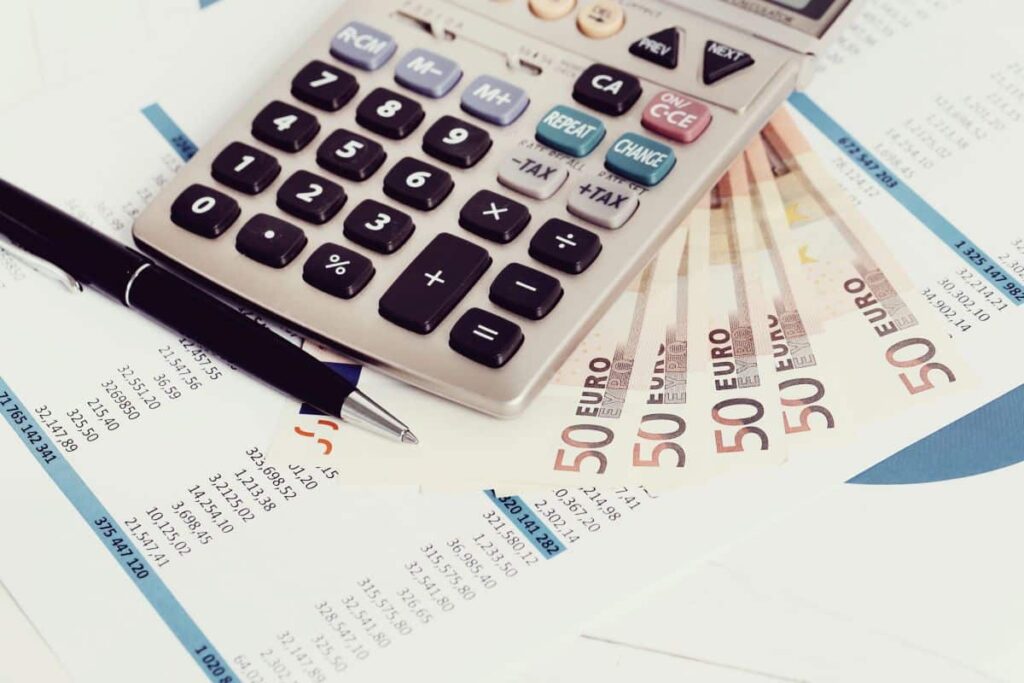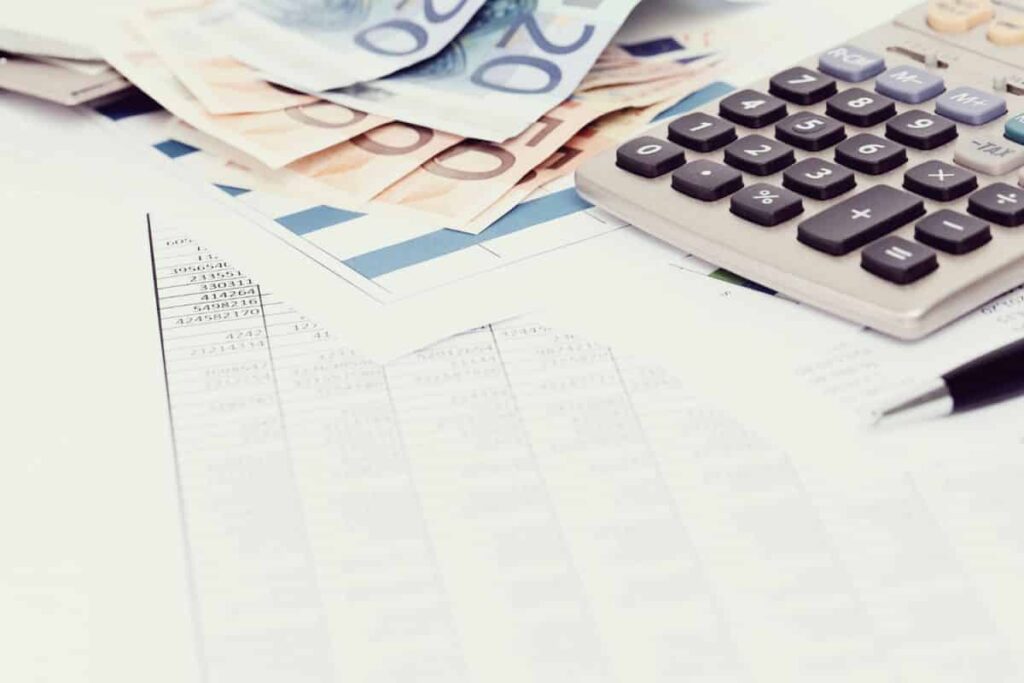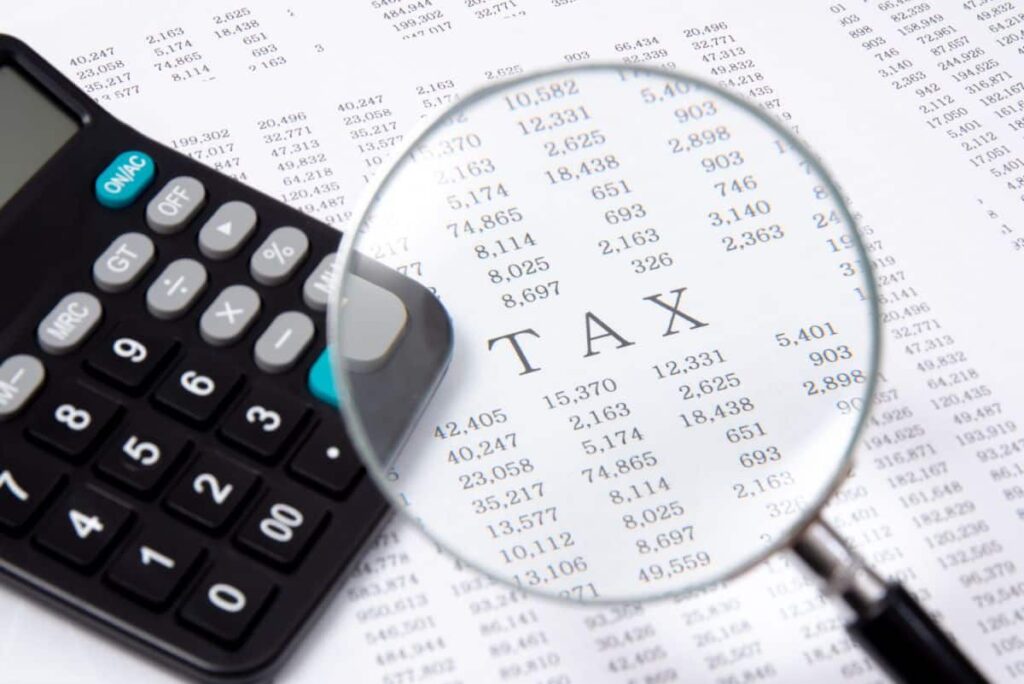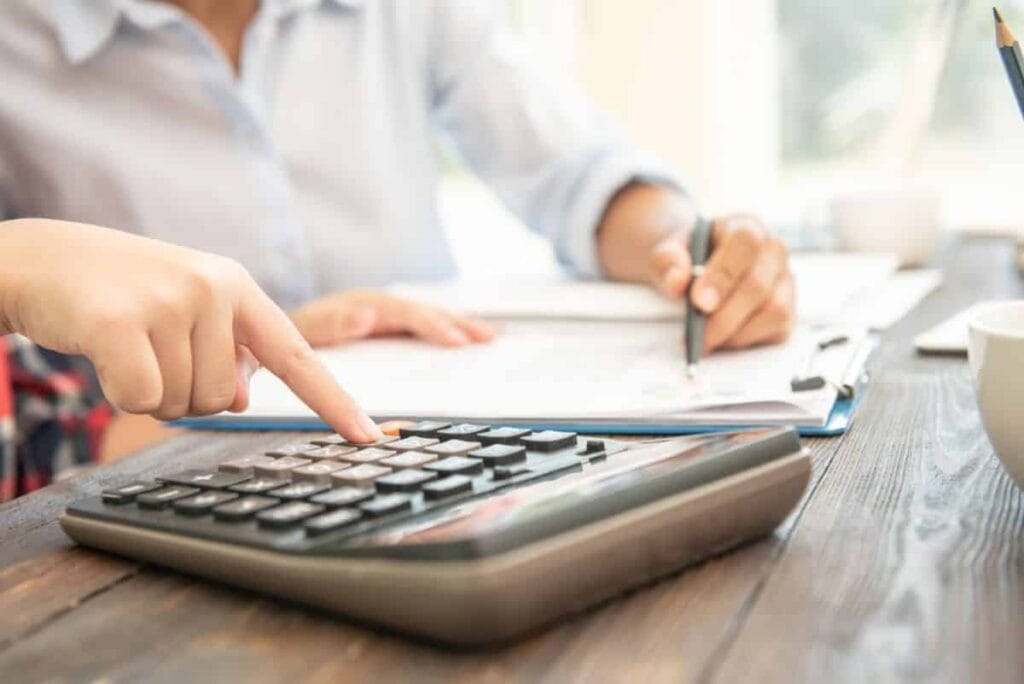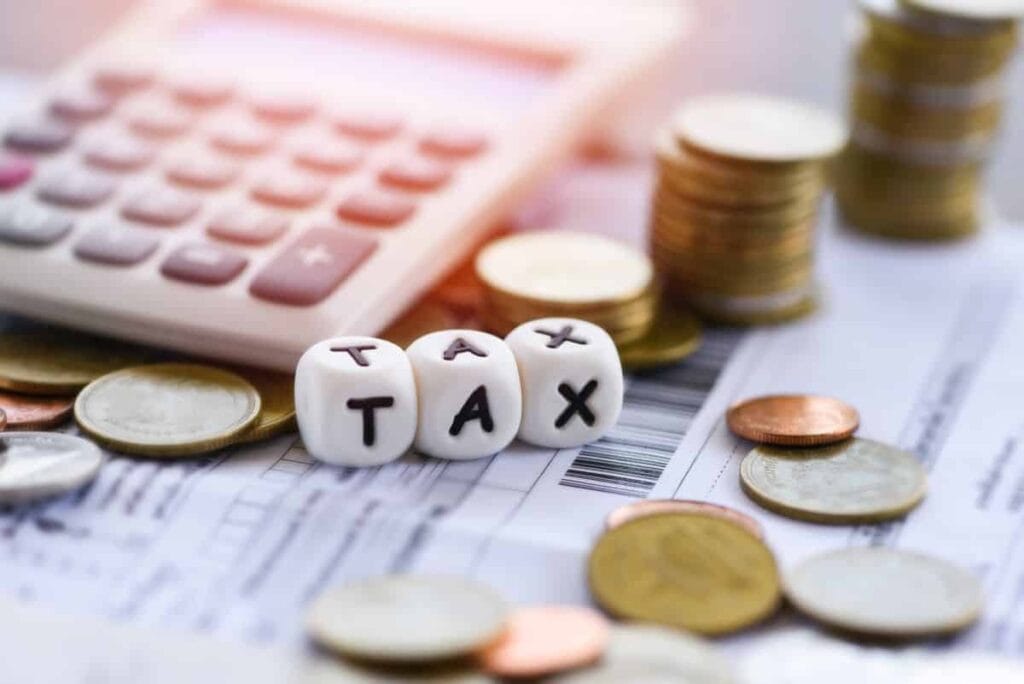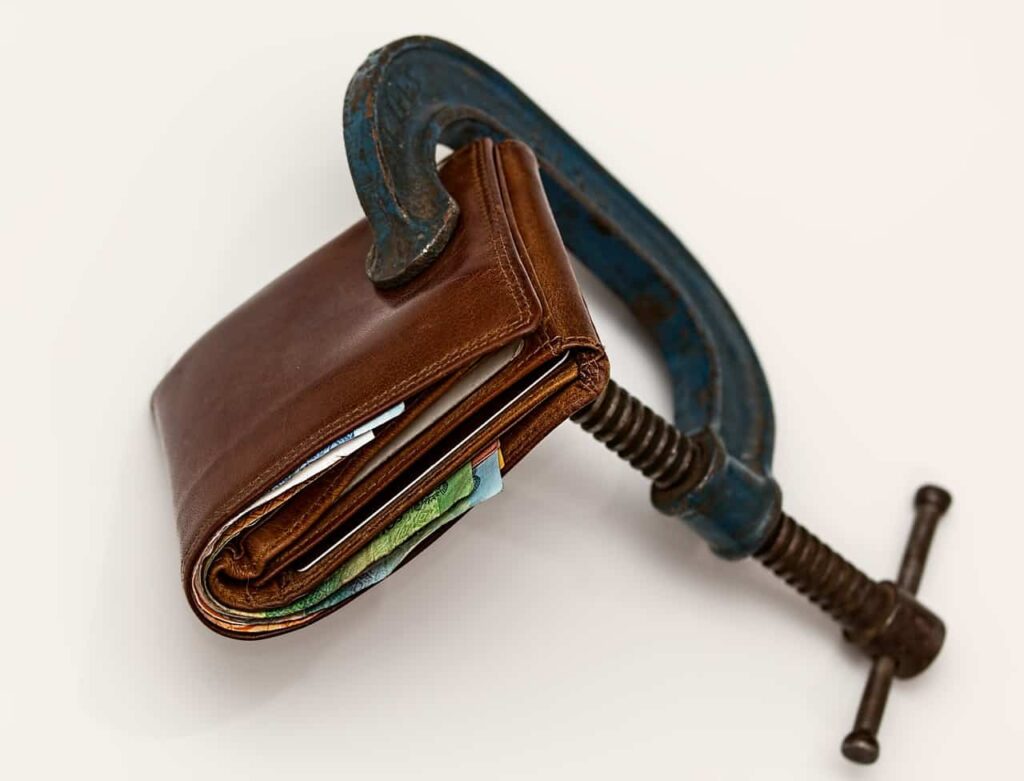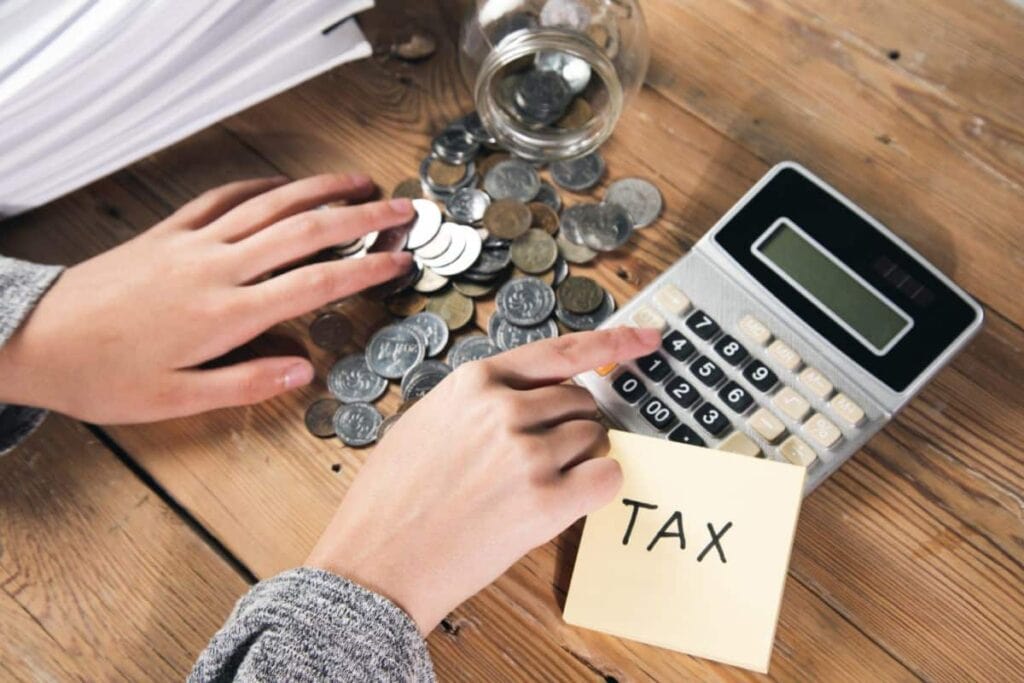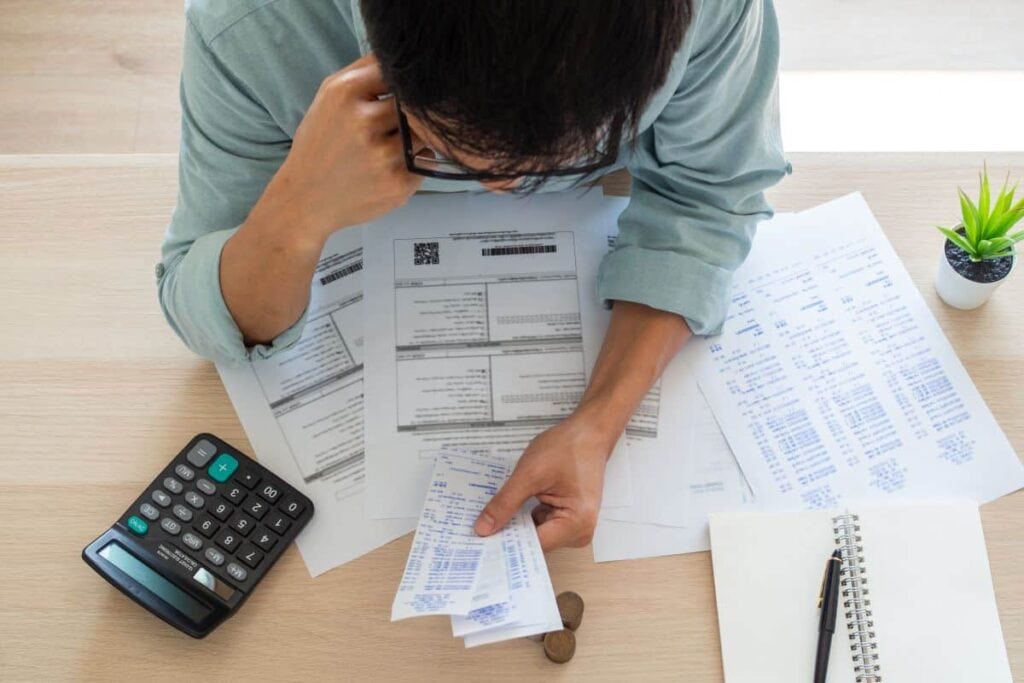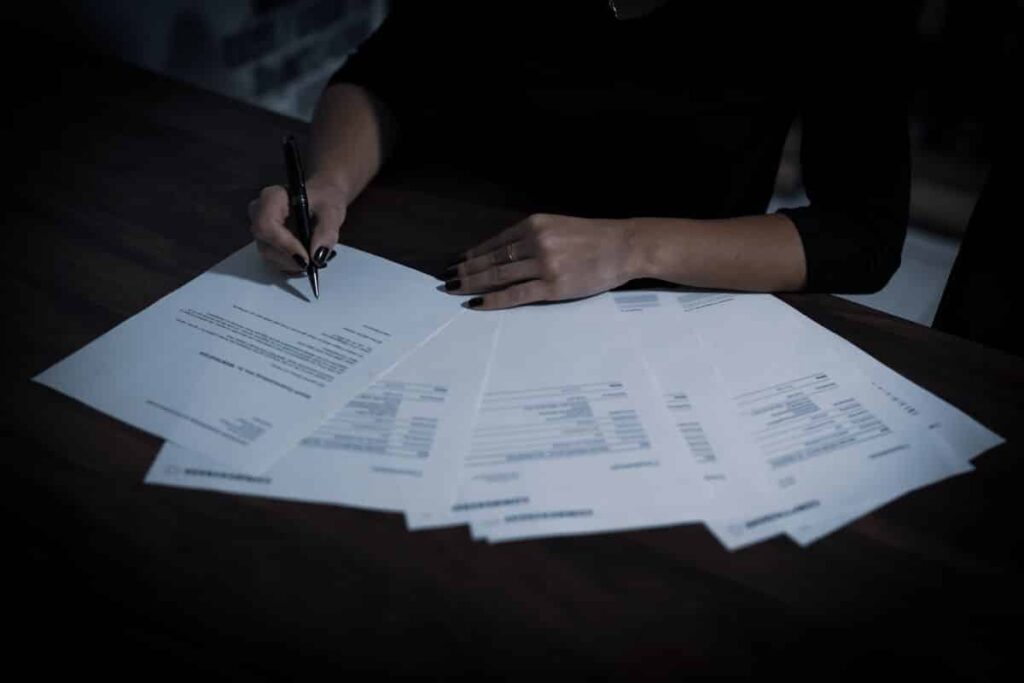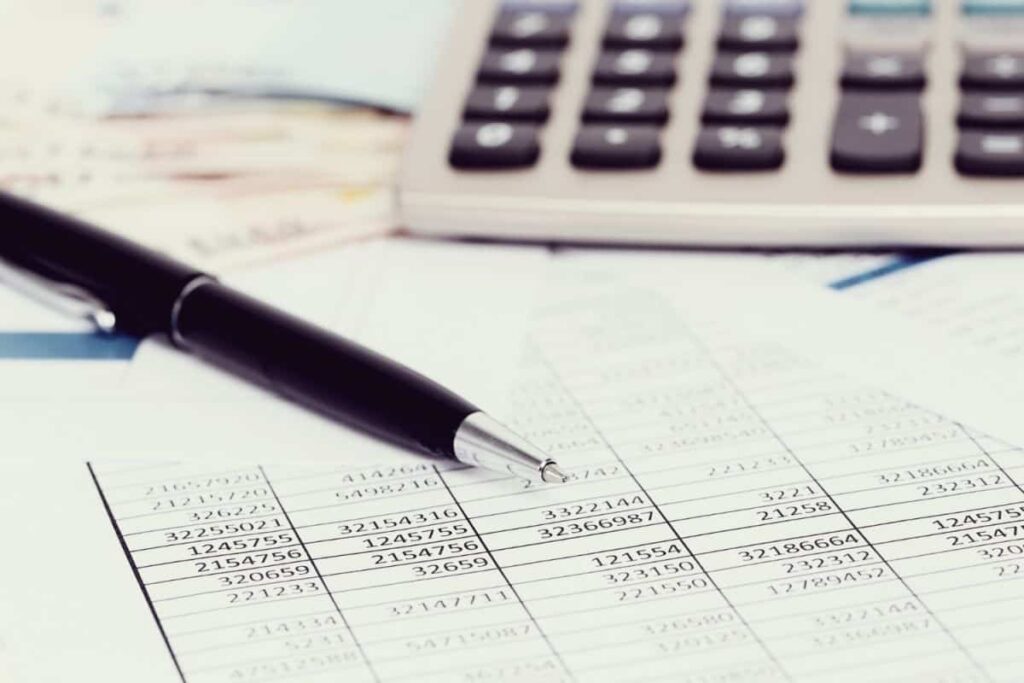How To Prepare, Lodge And Maximise Your Tax Return
It’s that time of year again: the season for filing tax returns! If you’re anything like the majority of others, you’ll be rushing around trying to get your paperwork in order and crossing your fingers that you get a refund. However, were you aware that there are methods in which the process can be made simpler and you can receive more money from the government? In this post, we will guide you step-by-step through the process of preparing, filing, and optimizing your tax return. If you follow these guidelines, you’ll end up with a smile on your face at the bank.
The filing of one’s taxes is a dreaded chore that must yet be endured. Follow these guidelines to simplify the process of preparing, filing, and getting the most out of your tax return this year. You’ll be glad you did. You will be able to finish your taxes quickly and efficiently with a little bit of organization and some strategic preparation, and you may even get a refund if you perform well enough! Therefore, continue on with all the information that you require.
There are just a few months left until the deadline for filing tax returns with the Australian Taxation Office (ATO), and a lot of individuals are still confused about what they need to do in order to get their returns in on time. This blog post will provide an outline of the procedures you need to take in order to prepare and submit your tax return – in order for you to make sure that you get the most out of your refund!
When it comes to filing taxes, there is a significant amount of information that must be processed. You will find that the process may be made as easy as humanly possible if you just follow these few straightforward steps. In this post, we will walk you through how to get your tax return ready, file it electronically, and get the most money back possible. Therefore, whether this is your first time filing taxes or you’re a seasoned pro, keep reading for some useful advice!
You may find that preparing your tax return is a challenging endeavour; but, with the assistance of this guide, you will be able to file your return in a timely and straightforward manner. In addition, we will give you all the information you need to know in order to prepare your tax return, including any exemptions, deductions, and credits you might be qualified for. Continue reading if you are interested in learning more about this topic!
Did you know that the annual tax bill for the typical adult in Australia is something in the neighbourhood of $1,700? You are not the only person who thinks it is a significant amount of money; in fact, you are in good company. On the other hand, there are ways to lower the amount of tax that you owe, and we are going to demonstrate how to do so. In this article, we will walk you through the steps of preparing, filing, and optimizing your tax return so that you get the most money back.
Are you able to submit your tax return when it’s finished? No matter if this is your first time filing or you’re a seasoned veteran, there are a few essential things to keep in mind to ensure that the process goes as smoothly and without as much anxiety as it possibly can. Read on for some of our best advice on how to organize, file, and get the most out of your tax return, regardless of whether you have just started collecting the necessary documents or are still in the process of doing so.
Are you one of the many people who dread the time of year when taxes need to be filed? Do you often find yourself in a frantic state as you try to compile all of the necessary paperwork and figure out how to submit your return? Unwind, because things don’t have to be like that. You can get ready for tax season by getting organized and following the recommendations in this blog post, which will help you make the process as easy and painless as possible. Continue reading if you want advice on how to get organized, file your return electronically, and get the most money back from your taxes.
The filing of one’s taxes is a dreaded chore that must yet be endured. Therefore, for the upcoming tax season, you may make the process a bit less difficult by following these guidelines to prepare, file, and maximize your tax return.
You will be able to make the most of your return and reduce the amount of stress you experience throughout tax season if you exercise a little bit of organization and employ some astute methods. Read on for some helpful hints, regardless of whether this is your first time filing taxes or you’re a seasoned master.
Let’s get started!
How Should a Tax Return Be Filed?
Submitting a personal tax return may be a difficult experience for a lot of people. A lot of people put off the process because they are intimidated by the possibility of having to pay the Australian Taxation Office (ATO) more taxes or because they find the process of compiling the essential documents to be burdensome. However, similar to the majority of things in life, putting off the task will not make it vanish altogether.
Even if your company deducts taxes from your paycheck already, if you are an Australian resident who receives a salary or other form of income, you are still required to file a tax return.
When you file your tax return, you are required to report all of your income; however, you may be eligible for a refund of some of the money you paid in. According to MoneySmart, the typical amount of a tax refund received in the previous year was $2,574. The amount of your refund is determined by a number of factors, including the amount you earned and the number of your deductible expenses.
There are three distinct approaches to submitting a tax return: doing it yourself online, doing it in the office with the assistance of a tax agent, or doing it online with the assistance of a tax agent.
1. What is a tax return?
A tax return details all income and costs incurred over an individual’s fiscal year, which begins on July 1 and continues through June 30 of the following year. As a consequence of this, you will only have a short period of time to submit your individual tax return before the end of the fiscal year. The 31st of October is the date by which your tax return must be submitted if it is to be considered on time.
If you have any kind of income, the government requires that you pay tax on that income. This is due to the fact that, as a salaried employee, your employer will withhold tax from each of your paychecks and send it to the ATO on your behalf. This type of deduction is referred to as Pay-As-You-Go (PAYG) withholding. If, on the other hand, you are a self-employed contractor who uses an Australian Business Number (ABN), then you are obligated to pay taxes and superannuation.
When you submit your tax return, the Australian Taxation Office (ATO) will evaluate your income, expenses, and deductions to decide whether or not you are eligible for a tax refund and whether or not you are required to pay any additional taxes.
2. Who is required to compile and submit an income tax return?
There are going to be certain individuals who won’t be required to submit a tax return. People with lower levels of income and certain older people in Australia are typically included in this category.
Those who are required to file tax returns are often those who have reached specified income thresholds or who have earned particular sorts of income.
The online quiz provided by the Australian Taxation Office (ATO) can assist you in determining whether or not you are required to submit a tax return.
3. In order to file an income tax return, what information do I need?

The more organized you are, the simpler the process of submitting your tax return will be. You will need to obtain the following additional information in addition to your income and bank statements, which are as follows:
- PAYG payment summary, which is often provided to you by your company;
- Your Tax File Number (TFN), which can be located on either your most recent notice of assessment or your payment summary;
- Your personal financial information; Since the ATO does not mail out cheques for refunds anymore, any refund you get will have to be transferred electronically into your account;
- Specifics regarding any additional sources of revenue, such as income from investments or rentals;
- an accumulation of interest on the bank account;
- Information pertaining to any additional tax offsets, such as the specifics of your partner’s salary;
- Medicare and statements from private health care providers;
- Specific information regarding any occupation-related deductions that you would like to claim;
- Specifics on any and all Centrelink payments that were received.
You are going to require the following in addition to your receipts for any work-related expenses that total more than $300:
- Copies of any invoices or receipts, which can either be printed off or kept in an electronic format;
- Statements from credit card companies;
- Travel logbook;
- Logbook for the home office
You can identify which information pertains to your tax return by using the information and documents that are included on our tax return checklist.
4. When you file your tax return, are there any tax deductions that you are eligible to claim?
Work-related expenses will account for the majority of tax deductions. However, in order for a work-related item to be tax-deductible, the expense cannot be reimbursed in any way by the employee’s employer. This is the case due to the fact that it has a direct bearing on earning an income and that you have a record of the transaction, such as a receipt (unless the amount you’re claiming is $300 or less, in some situations).
Expenses that can be deducted from taxes due to employment include:
- Expenses related to vehicles and travel;
- Uniforms, in addition to specialized occupational apparel and protective work attire, including footwear;
- Expenses associated with working from home, such as those for energy, the phone, and the internet. Note that a simplified approach to claiming these deductions will be available once again this year (more information regarding this topic can be found below);
- Expenses related to your careers that are directly related to your education, such as tuition, textbooks, dues, and subscriptions;
- Tools and equipment, such as sunscreen and sunglasses if you work outside, or a laptop computer and the applicable software if you work in an office or at home. Tools and equipment, such as sunscreen and sunglasses if you work outside.
For more information on deductible items relating to your particular industry, please refer to the occupation and industry-specific deduction guides that are provided by the ATO.
In the meantime, if you use your costs for both work and personal reasons, you can only claim a deduction for the percentage of your expenses that is related to work. This could, for example, be fifty percent of the cost of your combined phone and internet bill.
You won’t be able to deduct the full cost of your trip as a business expense if, for instance, you take a vacation at the same time that you attend a conference or study excursion that takes place outside of the state where you normally reside in.
Additional deductions that you might be eligible to claim to include the following:
- Certain personal super donations if you’ve made any;
- Interest, dividends, and any other costs associated with the investment;
- gifts and donations made to beneficiaries who qualify for a tax deduction, such as charity;
- If you used a tax preparer, the fee for your return from the previous year.
Check out the myDeductions function that’s available in the ATO app if you’re having problems keeping track of all of your receipts. This enables you to save a record of your deductions during the course of the fiscal year, which you can afterwards upload when it comes time to submit your return.
5. Submitting a copy of your personal tax return
Now that you have all of the necessary information, it is time to file your tax return. No matter how straightforward your tax return may seem, filing income taxes can be difficult and perplexing at times.
If you make even the smallest error, you run the risk of not receiving a refund or possibly having to pay a fine. If you want to get the most out of your tax refund and alleviate some of the anxiety that comes with filing your taxes, you should seriously consider working with a licensed tax professional. The following is a list of several methods for you to submit your tax return:
6. Consult with a tax agent.
It is not hard to comprehend why more than seventy-four percent of taxpayers opt to file their returns with the assistance of a certified public accountant or licensed tax agent. Every industry has its own peculiarities, particularly when it comes to the process of claiming deductions.
A tax agent is familiar with the ins and outs of occupation-specific deductions and is aware of the questions that should be asked in order to assist you in getting the most out of your refund. The best part is that you can write off the price you have to pay when you file your taxes for the following year.
We’re right around the corner thanks to our 470 offices located all throughout the country. Our tax preparers are able to guide you through the process of obtaining a tax refund with simplicity. In addition, we provide professional and individualized service all year long in a location that is convenient for you.
7. Lodge online yourself
You have the option of filing your tax return online, which is available around the clock and may be done whenever and wherever is most convenient for you. Simply respond to the questions that are presented to you online, examine your results, and give them permission to submit your online tax return to the ATO.
Capital Gains Tax (CGT)
1. What exactly is the tax on capital gains?
When you acquire stocks, real estate, or other assets at one price and then sell them at a different price, the difference between those two amounts represents either a capital gain or a capital loss for you.
You will have made a capital gain if the amount that you receive for your assets is greater than the amount that you bought for them. If this occurs, you may be required to pay tax on the capital gain.
2. How much of a tax will I have to pay on my capital gains?
The amount of capital gains tax that you will be responsible for paying is determined by a number of criteria, such as the length of time that you have owned the item in question, the marginal tax rate that you are subject to, and whether or not you have also incurred any capital losses.
Your capital gain will be added to your assessable income when you file your tax return for that fiscal year, so your marginal tax rate is an important consideration to take into account.
The length of time that you have had your asset is essential because, for instance, if you have owned shares for more than a year, you can often receive a discount on your capital gain equal to 50 percent of the original amount.
3. Can you explain what a CGT event is?
A capital gains tax (CGT) event occurs when an asset is sold, such as shares of stock or investment property, or when its ownership is transferred to another person.
The point at which you either realize a capital gain or suffer a capital loss is referred to as the CGT event.
The distribution of a capital gain to you by a managed fund, from which you own units, is an example of another type of CGT event.
On the website of the ATO, you will discover additional information regarding CGT events.
4. If I make a loss on my investment, what will happen next?
If you sell your assets for less than you purchased for them, you will have made a loss on the capital value of those assets.
Within the same accounting year, if you have a capital loss you are eligible to deduct some or all of your capital gain.
You can normally carry forward a capital loss and deduct it against any capital gains you earn in subsequent years. This is the case even if your capital losses are bigger than your capital gains or if you incur a capital loss in a financial year in which you don’t generate a capital gain.
5. If I were to inherit property, what steps should I take?
In most cases, the only time a CGT event will occur is when you sell assets that you have inherited.
If the deceased person purchased the assets after the 20th of September, 1985, when CGT was first implemented, then the person who inherits the assets will be responsible for determining the cost base of the assets. The cost base could be any of the following, depending on the asset:
- The current cost basis of the individual who originally purchased the assets before they passed away;
- The value of the assets on the open market at the time of the decedent’s passing.
If the deceased person acquired the assets before September 20, 1985, then the person who will inherit them is considered to have received the asset at the time of the deceased person’s passing. After then, the cost base will often be determined to be the same as the market value of the assets at that point in time.
Tax On Redundancy Payments
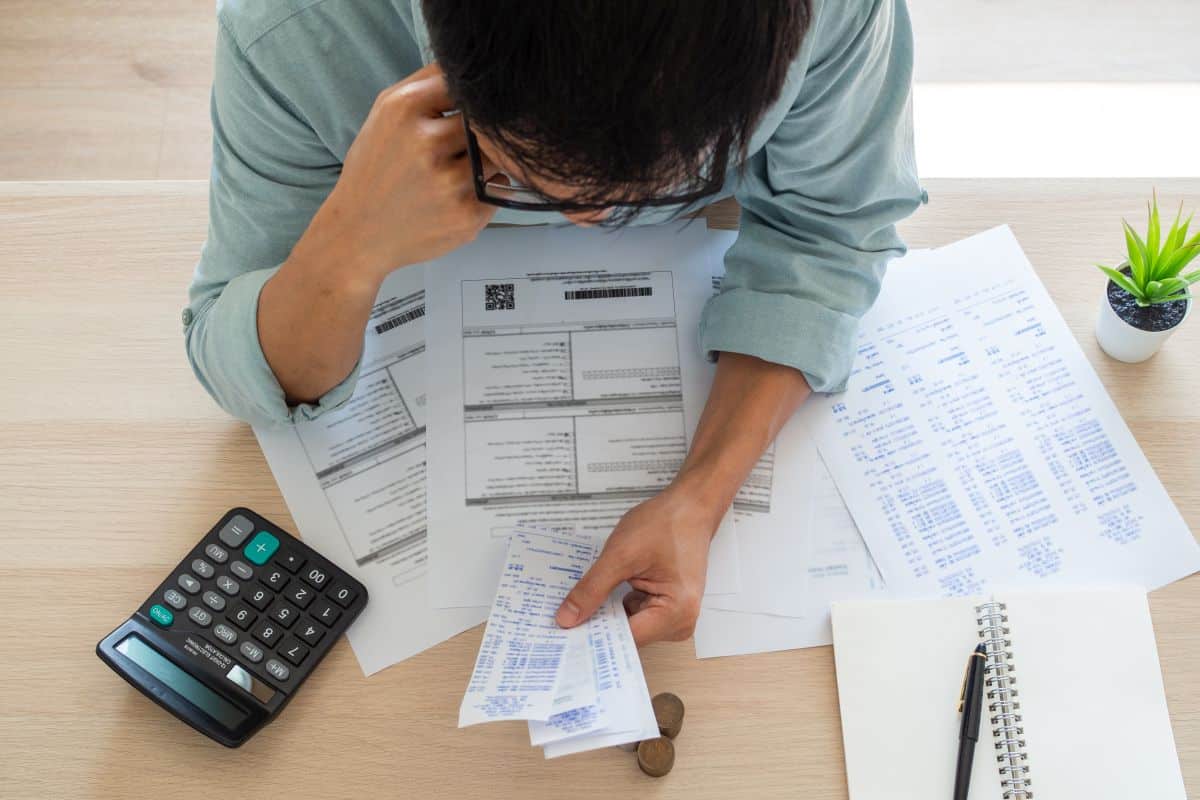
If you have just lost your job, it is essential to gain an understanding of how you will be taxed so that you can get the most out of the redundancy payment you are entitled to receive.
You may be eligible to receive favourable tax treatment that you wouldn’t have access to in any other circumstance if you left your job for reasons other than those listed above.
Understanding redundancy payments
The Australian Taxation Office (ATO) applies different tax treatments to the various types of payments received upon cessation of employment. These tax treatments are determined by the type of payment received. For example, a payment that is considered to be “genuine redundancy” is treated very differently from other types of termination compensation.
The Australian Taxation Office (ATO) has a definition of real redundancy that must be met for a payment not to be subject to tax, up to a certain tax-free amount.
A base amount is added to the tax-free maximum, and then an additional amount is added for each full year of service that you have provided to your employer. This limit shifts annually. After that, any residual real redundancy payment is subject to taxation at concessional tax rates up to a capped level, which is adjusted annually for inflation (the ETP cap).
In most cases, redundancy is thought of as being “genuine” if it is able to fulfil the following criteria:
- You’re dismissed because your employer no longer requires the job you were doing as part of its business or structure; and
- You’re under the normal retirement age
A termination payment will not be regarded as a legitimate redundancy payout if any of the following conditions are met:
- You left your job because you reached retirement age
- Your employer terminated your job contract
- Your employer dismissed you because of disciplinary or competency issues
- You chose to resign
What exactly constitutes a “real” severance payment in the event of job loss?
In the event of genuine redundancy, the following are some examples of amounts that may be included as part of a concessionally-taxed genuine redundancy payout and some examples of amounts that may not be included in such payment, depending on your employment agreement:
Included
- Payment instead of the required notice period
- A severance package, such as additional payments based on length of service or unused sick leave
- A ‘golden handshake.’
Not included
- Unpaid salary, wages or allowances for work already done
- Lump-sum payments of unused annual leave or long service leave
- Payment in place of superannuation benefits
It is helpful to be aware of the various tax treatments that are applicable to each component of your termination payment because your termination payment may consist of several of these components.
The following is a rundown of which aspects of the transaction are subject to taxation and which ones are not:
Component of payment
- Genuine redundancy payment (up to a limit)
- Remaining genuine redundancy payment (any money above the tax-free limit), known as employment termination payment (ETP)
- Other
Tax treatment
- Tax-free
- Taxed (at concessional rates up to the ETP cap)
- Taxed
FAQs
1. In order to do my job, I need to purchase certain tools and equipment. What deductions are available to me on my taxes?
You are allowed to deduct any costs that you have incurred in the process of replacing, insuring, or repairing the instruments of the trade that you use in the production of your income. Depreciation must be done, however, on any item with a price tag of more than $300 if it was purchased (i.e. claimed over its useful life).
The amount that you are eligible to claim will be determined by the receipts that you have saved and the degree to which you use them for activities that generate revenue. In the event that you find yourself in a circumstance in which you do not have your receipts and are wondering what you can claim, you are permitted to claim any amount that is less than $300 without evidence of purchase.
2. If I purchase goods to protect myself from the sun, may I take a deduction for them?
Workers who are required to perform their duties outside are eligible for a tax break if they invest in protective gear including sunscreen lotion, sunglasses, and hats. Having said that, the claim has to be substantiated and then divided up for personal use.
3. Since there is no need that my work-related expenses to be proven, am I eligible to receive a reimbursement of $300?
You cannot just claim $300. Before you can claim any expense, you must first actually bear it. Even if you may not be required to provide receipts for purchases up to $300, you are still required to demonstrate that you spent the money on something that is related to your job.
4. I’ve been giving some thought to the possibility of contributing money from my salary to my retirement account. Is there a cap on the amount of compensation that I can package together?
Your employer is responsible for meeting the Superannuation Guarantee responsibilities by paying amounts paid into superannuation, and the amounts paid into superannuation through a salary sacrifice plan are referred to as concessional contributions.
To participate in salary sacrifice into super, you must first make a request to your employer to have a portion of your pre-tax pay redirected into your super fund. Within the super fund, these donations are subject to taxation at a rate of fifteen percent. The majority of people will find that this tax rate is lower than their marginal tax rate.
The maximum amount of concessional contributions that can be made by a person each year is $27,500. If the combined amount of your employer’s super guarantee payments plus the contributions you made through salary sacrifice is higher than this limit, you may be required to pay additional tax.
Before making any arrangements to salary sacrifice into super, you should first check your employment agreement or speak with your company.
5. I have reached the age of retirement and am over sixty years old. When I reach retirement age, would I be able to get my pension tax-free?
When a person reaches the age of 60, they are exempt from paying tax on any superannuation income streams (pension or annuity payments) that are paid from a fund that is subject to taxation. A fund is considered to be taxed if the contributions that your employer made into your super fund on your behalf were subject to contributions tax and the tax was paid.
If the contributions were made through a salary sacrifice arrangement, contributions tax would have also been paid at the time. Most funds are taxable funds. Nevertheless, regardless of their age, individuals who are members of a tax-free super fund will still be required to pay tax on the income stream generated by their superannuation account.
No longer will a PAYG Payment summary be sent to taxpayers who are over the age of 60 (for the entirety of the financial year) and who are receiving a superannuation income stream from a taxed fund.

